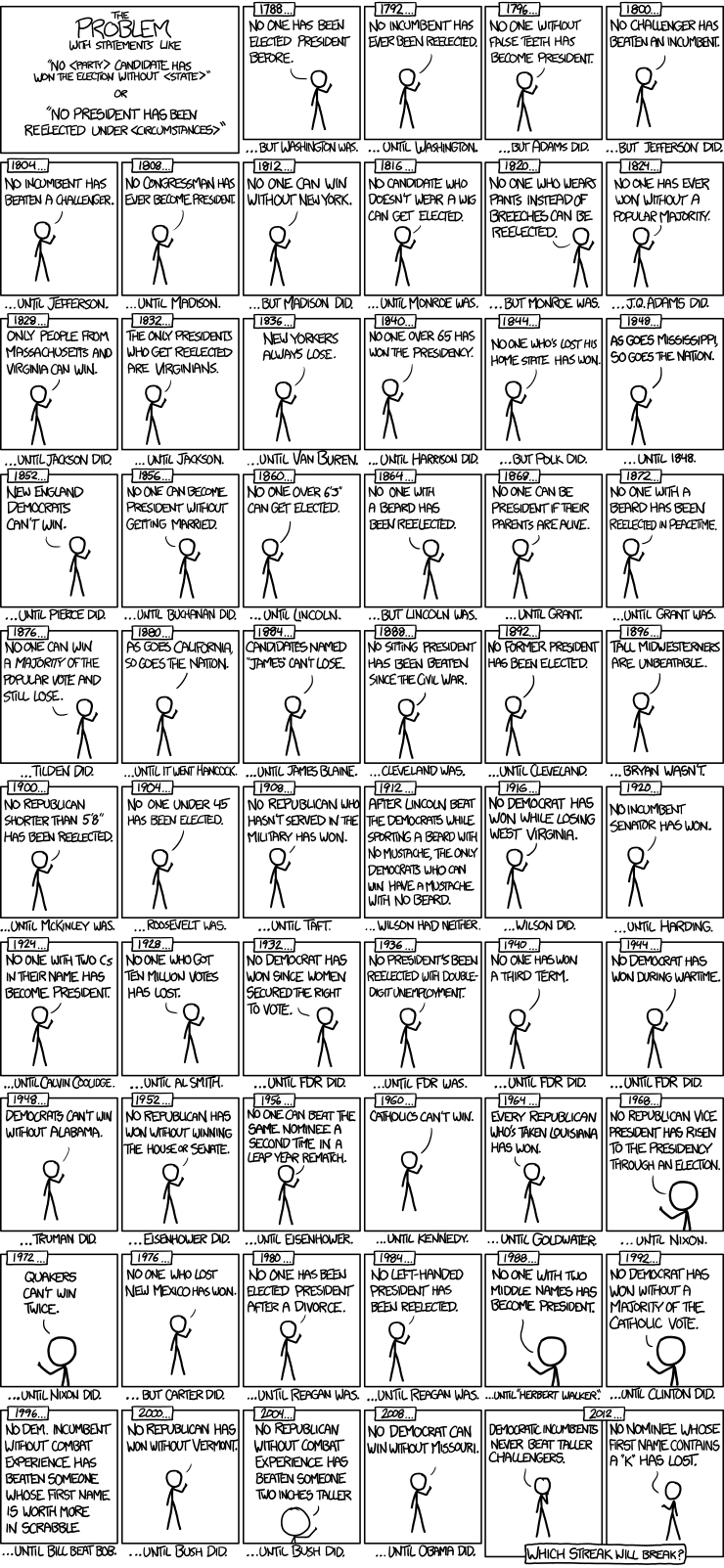Yesterday a facebook friend of mine put up an angry post regarding misuse of the word "decimate". His chief complaint was that people used it as a synonym for destroy, when really it meant a reduction of 10% or so. That cleared up the "deci" part of the word for me, but I was surprised that the proper definition was so narrow....so of course I went to dictionary.com to check his facts.
Turns out the
"one in ten" definition is specifically marked as obsolete. The current accepted definition is merely "to destroy a great number of". So basically it can't be used to sub in for obliterate, but the 10% definition was only valid through the year 1600 or so. Sigh.
I'm not a big fan of people who try to get too cute when picking on the language of others. While I certainly am irritated by some of the more obvious errors in language (irregardless makes me cringe, and please don't mix up "less" and "fewer" in my presence), I dislike when people go back several hundred verbal years and then attempt to claim that's the "proper" way of doing things. This annoys me enough that my brother bought me
this book a few years ago, just to help me out. I believe language will always be morphing to a certain extent, and while rules are good we just need to accept that all language is pretty much arbitrary. Thus, I refer to myself as a linguistic pragmatist. Adhere to the rules, but accept that sometimes society just moves on.
Why am I bringing this up? Well, after going through that internal rant, I found it very interesting that
this study is being reported with the headline
"Popular kids who tortured you in high school are now rich".
Basically, researchers assessed how popular kids were in high school, based on how many people gave you "friendship nominations" and found that those in the top 20% made 10% more money 40 years later than those in the bottom 20%.
Now I think this makes a certain amount of sense. While the outcast nerd makes good story is appealing, it stands to reason that many of the least popular kids in high school might be unpopular because of real issues with social skills that hurt them later in life (to note, social skill impairment is a co-morbidity with all sorts of things that could make this worse....ADHD, depression, etc). Conversely of course, those with more friends probably have skills that help them maintain networks later. Basically, I think this study tells us that the number of friends you have in high school isn't totally random.
My issues with the reporting/reading of this study is in the semantics. I think there's a disconnect between our common interpretation of "popular in high school" and the actual definition of "popular in high school". The researchers in this study weren't assessing the kids other kids aspired to be, they were assessing the kids who actually had lots of friends and were well liked. While the classic football player who beats up kids in the locker room may get referred to as a popular kid, it's likely he would not have had many people naming him as a friend on a survey. So basically, the study had a built in control for those kids who were temporarily at the top of the social ladder, but lacked actual getting along with people skills. I had an incredibly small high school class (<30) and I could name several kids who fell in the "perceived popular" category but not the "actually popular" category.
All this to come back to my original point. Words mean different things depending on context, and this should always be taken in to account when assessing research and reading subsequent report. It's not bad data, just a different set of definitions.




